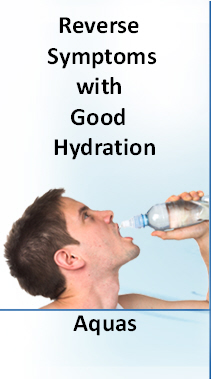Question:
I have had a few difficult days and been very tired and very weary – sleeping is a nightmare. I hope to start going to yoga on a one to one basis starting in March. I have also had aromatherapy a few times since last I contacted you. Still wonder what natural medications to try – there are so many – where does one start? I was thinking of NADH for Parkinsons as a beginning – what do you think?
I saw my Parkinsons Nurse last Friday and he feels I am very stressed so has put me forward for a Research Study regarding stress in Parkinsons. And I had a phone call only today and am seeing a trainee clinical psychologist who will be carrying out this study. This is aiming at finding out if the number of stressful life events a person has experienced and their coping style in difficult situations, also family history and exposure to pesticides. It does make me feel that I am not forgotten at least!
I look forward to hearing from you as you certainly raise my spirits!!
Regards
Pearl
Response:
It is refreshing to learn you are experimenting with a wide variety of therapies. My research reveals that people who are able to find sustained relief from their symptoms employ a variety of therapies.
It is also imminently clear from my research that the symptoms of Parkinsons are directly and immediately influenced by stress. When you are stressed symptoms will flair. I know of no exceptions.
NADH for Parkinsons
As for NADH, listen to this clip of my interview with Steven Fowkes.
Steven Fowkes has conducted two decades of research on Parkinsons and is in a unique position to offer suggestions for persons searching for ways to find relief from their symptoms. As you will learn from listening to this clip from my interview with him, Steve Fowkes says that approximately 40% of the individuals who currently experience the symptoms of Parkinsons have a NADH deficiency.
He recommends that anyone currently experiencing the symptoms of Parkinson’s consider taking NADH and see if they observe a difference in symptoms. Talk with your doctor about pursuing this option. According to him, it can’t do any harm and may well provide relief from symptoms. Fowkes says that you can obtain NADH from a health food store.
Now listen to Compounding Pharmacist Randy Mentzer discuss NADH in response to a question submitted to Parkinsons Recovery.
May your recovery unfold gently and effortlessly,
Robert Rodgers, Ph.D.
Founder 2004
Parkinsons Recovery
Books
Road to Recovery from Parkinsons Disease
Pioneers of Recovery
Five Steps to Recovery
Resources
Dehydration Therapy: Aquas
Parkinsons Recovery Membership
Eye Drops for Cataracts








































